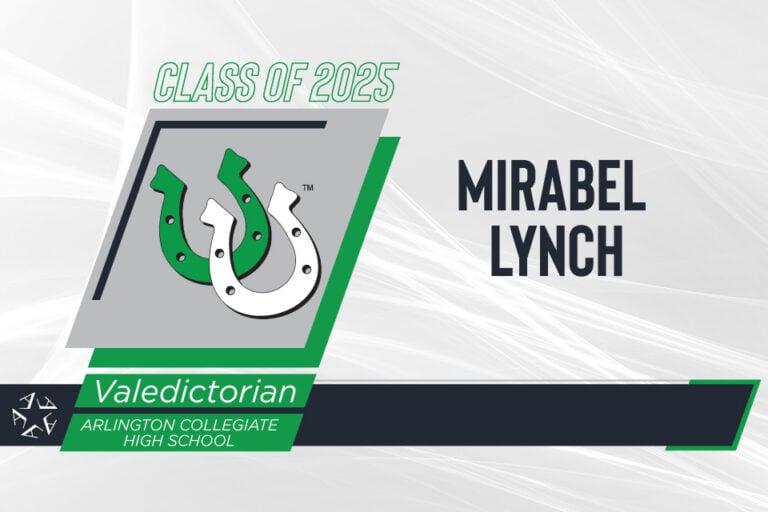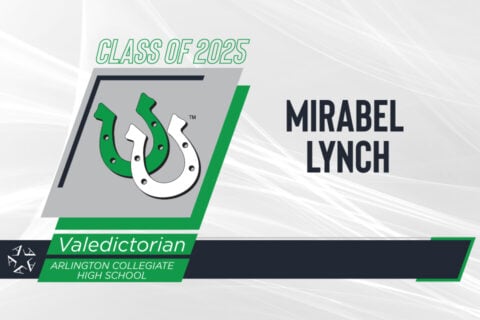State Compensatory Education (SCE)
What is SCE?
- The purpose of State Compensatory Education (SCE) programs is to improve the performance of students at risk of dropping out of school through direct instructional services.
- As a goal, the SCE programs seek to provide challenging and meaningful instructional methods to close the achievement gap among students at risk of dropping out of school and their peers.
- SCE services must be part of the delivery of academic instruction supplemental to the regular instructional program.
State Eligibility Criteria
A student at risk of dropping out of school is a student who is under the age of 26 and who:
- The student did not advance from one grade level to the next for one or more school years, unless the student did not advance from prekindergarten (pre-K) or kindergarten to the next grade level only at the request of the student’s parent.
- The student is in grades seven to 12 and did not maintain an average equivalent to 70 on a scale of 100 in two or more subjects in the foundation curriculum during a semester in the preceding or current school year or is not maintaining such an average in two or more subjects in the foundation curriculum in the current semester.
- The student did not perform satisfactorily on a state assessment instrument (administered to the student under the TEC, Chapter 39, Subchapter B) and who has not, in the previous or current school year, performed on that instrument or another appropriate instrument at a level equal to at least 110 percent of the level of satisfactory performance on that instrument.
- The student is in pre-K, kindergarten, or grades one to three, and did not perform satisfactorily on a readiness test or assessment instrument administered during the current school year.
- The student is pregnant or is a parent.
- The student has been placed in a DAEP in accordance with the TEC, §37.006, during the preceding or current school year.
- The student has been expelled in accordance with the TEC, §37.007, during the preceding or current school year.
- The student is currently on parole, probation, deferred prosecution, or other conditional release.
- The student was previously reported through the Public Education Information Management System (PEIMS) as having dropped out of school.
- Is an emergent bilingual student, as defined by the TEC, §29.052.
- The student in the custody or care of the Department of Family and Protective Services or has, during the current school year, been referred to the department by a school official, officer of the juvenile court, or law enforcement official.
- The student is homeless,
- The student resided in the preceding school year or resides in the current school year in a residential placement facility in a district. Such facilities include: a detention facility, substance abuse treatment facility, emergency shelter, psychiatric hospital, halfway house, cottage home operation, specialized childcare home, or general residential operation.
- The student has been incarcerated or has a parent or guardian who has been incarcerated, within the lifetime of the student, in a penal institution as defined by the Texas Penal Code, §1.07.
- Is enrolled in a school district or open-enrollment charter school, that is designated as a dropout recovery school under Section 39.0548.










